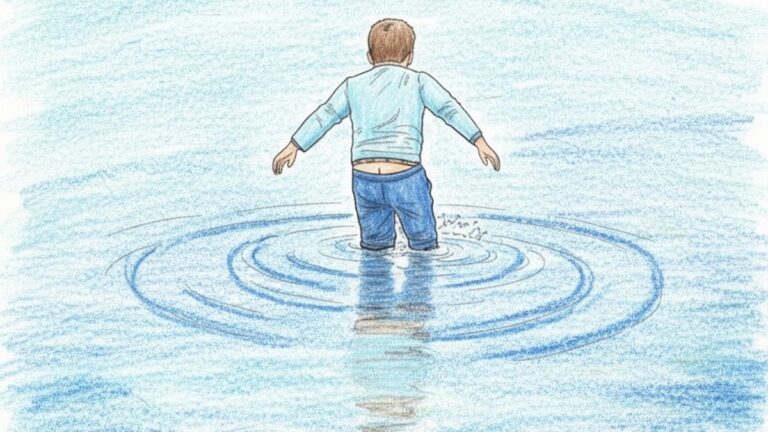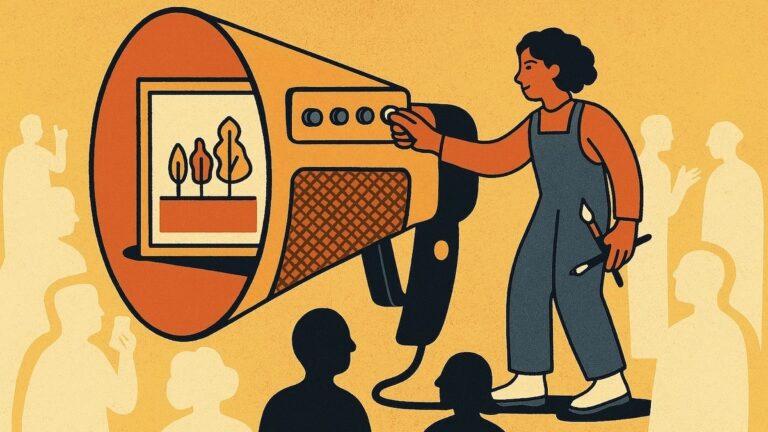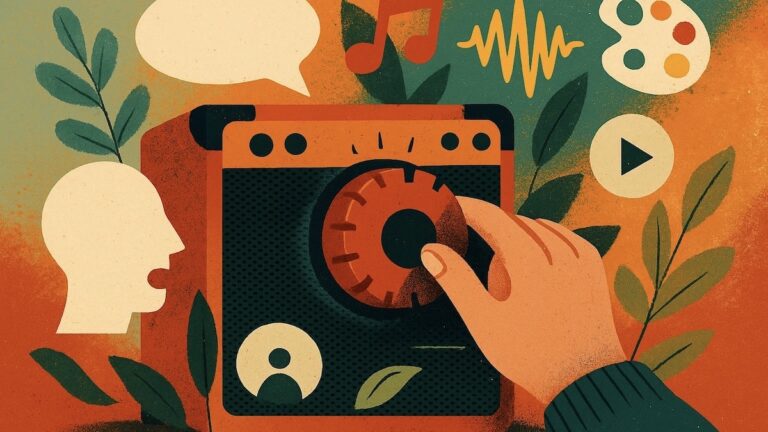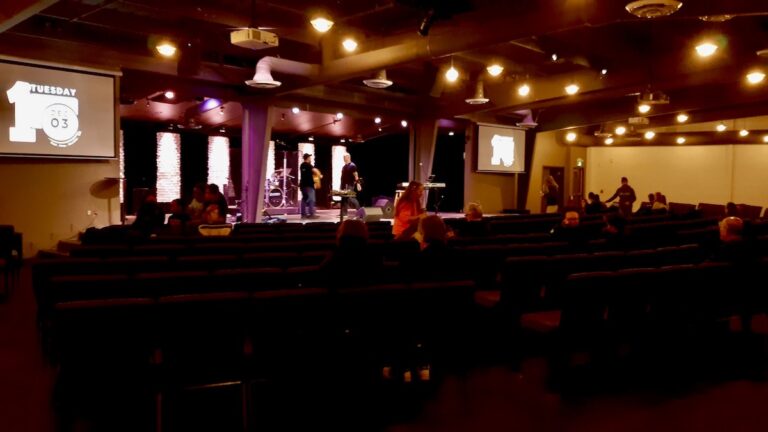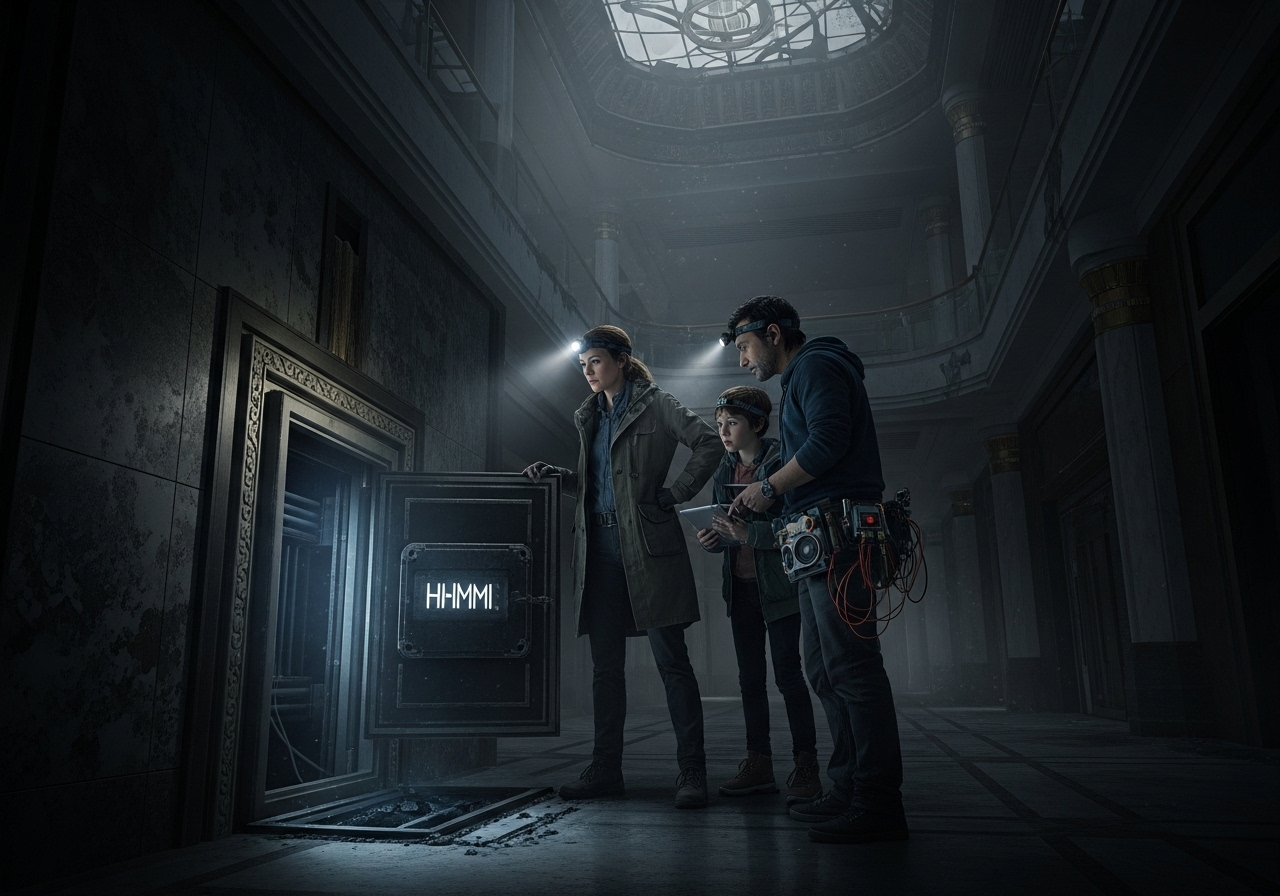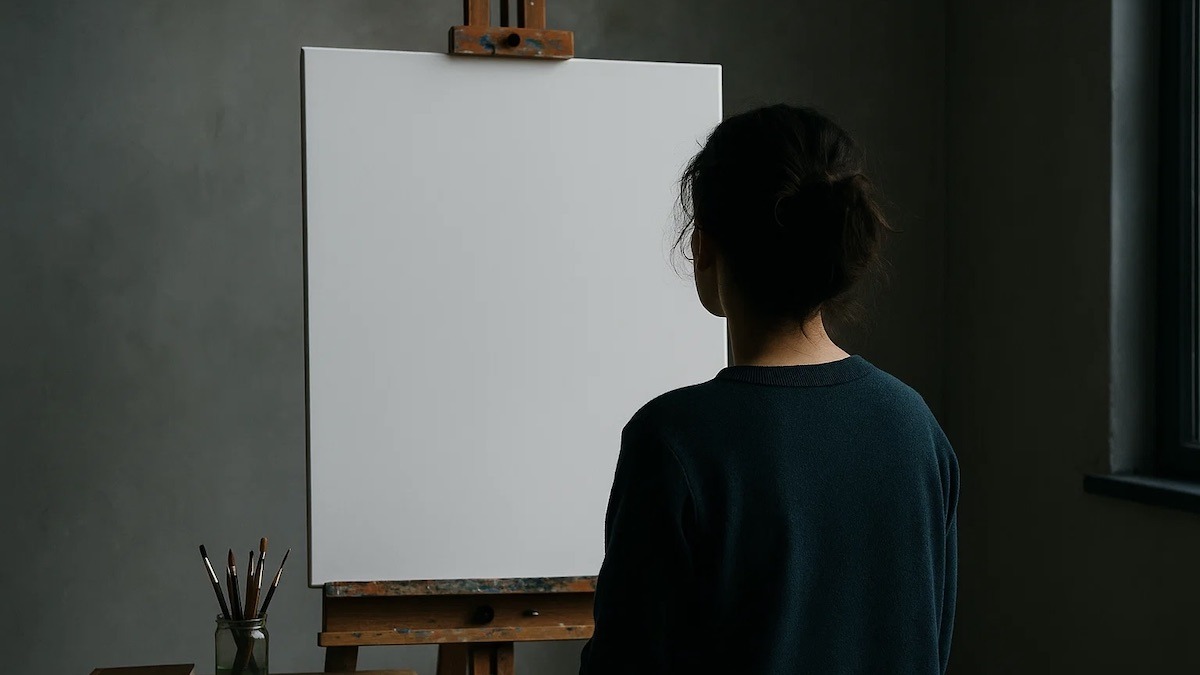
From Vision to Voice
We all know the feeling. The idea arrives like a flash of lightning—brilliant, complete, and utterly perfect in the sanctuary of your mind. It’s a flawless film sequence, a novel with no plot holes, a painting where every brushstroke is true. It hums with potential. And then we sit down to bring it into the world, to translate that lightning into something tangible, and we freeze. The blank page mocks us. The empty canvas feels like a judgment. That perfect vision, which should be our greatest inspiration, becomes a tyrant, whispering that anything we create will be a pale, clumsy shadow of the original idea.
This is the moment that separates the dreamer from the creator. It’s not about talent, resources, or time. It is purely about courage. Over the past few weeks, we’ve explored how to fill our creative wells by observing our surroundings and listening to the stories our communities hold. We’ve gathered the raw materials. Now, we face the final, most intimidating step: the act of creation itself. We must learn to dethrone the tyrant of perfection and find the courage to simply make a mark.
Finding Creative Courage in Your Authentic Voice
The greatest lie we tell ourselves as artists is that we need better tools. A professional camera, a more powerful computer, a set of expensive paints—we believe these things are the key to unlocking the work we’re meant to do. But the truth is, the most powerful and unique tool you will ever possess is your own voice. It’s the way you see the frost on the window, the way you interpret an elder’s story, the specific rhythm of your language. All the technical skill in the world is hollow without a distinct point of view driving it. Your voice is the thing no one else has, and it costs nothing.
Think of it this way: a story told with heartfelt honesty using a simple phone camera will always be more powerful than a technically perfect but soulless film shot on Hollywood-grade equipment. The technology is a conduit, not the source. The source is you. The creative process isn’t about flawlessly executing a pre-formed vision; it’s about discovering the vision through the messy, imperfect act of making. Your authentic voice emerges in the trying, not in the waiting.
Embrace Your Creative Process with Limited Resources
Many of us, especially in remote communities, fall into the trap of “I’ll start when…” I’ll start when I get a dedicated studio. When I can afford the right software. When I have a solid block of uninterrupted time. This is fear disguised as practicality. We are deferring the scary act of beginning by creating a checklist of ideal conditions that may never arrive. Your kitchen table is a studio. Your notebook and pen are a production house. The twenty minutes you have after the kids are in bed is your residency.
The artist mindset is about adaptation and ingenuity. It’s about seeing potential where others see limitations. The most groundbreaking art often comes from constraints, forcing us to find new ways of working and thinking. Don’t wait for the perfect space. Claim the space you have. The courage to create with what’s in front of you is a muscle; the more you use it, the stronger your creative process becomes.
Practical Steps to Overcome Creative Block
When the fear is overwhelming, you need a strategy to break the inertia. The goal is not to create a masterpiece in one sitting, but to simply begin. Here are three ways to trick yourself into starting:
1. Make a small, deliberate mark.
Don’t try to write the first chapter; write one true sentence. Don’t try to paint the whole scene; make a single brushstroke of a color that feels right. Record thirty seconds of ambient sound. The goal is to prove to yourself that the page doesn’t have to stay blank. This small act breaks the spell of perfectionism.
2. Set a ridiculously small goal.
The idea of working for hours can be paralyzing. So don’t. Set a timer for five minutes. For those five minutes, you will work on your project without judgment or expectation. Anyone can handle five minutes. Often, you’ll find that the hardest part was starting, and you’ll keep going long after the timer goes off.
3. Give yourself permission to make junk.
The first draft of anything is about getting the idea out of your head and into the world where you can see it. It will be flawed. It will be messy. That’s its job. Author Anne Lamott calls this the “shitty first draft.” Embrace it. No one ever has to see it. This isn’t the final product; it’s the raw clay you’ll shape later. By giving yourself permission to be imperfect, you liberate yourself to simply create.
That beautiful, perfect idea in your mind deserves a chance to exist in the world. It will change in the process, and it won’t be flawless, but it will be real. It will be yours. The real art isn’t just in the finished piece; it’s in the quiet courage it took to face the empty canvas and begin.
This summer, our arts program is a vibrant hub empowering artists and the arts sector across Winnipeg, Manitoba, and Northwestern Ontario. Our focus is on providing professional development and storytelling opportunities, which includes taking a deep dive into a different story every single Thursday. We’ll explore how these narratives are told, what we can learn from them, and how they can inspire our own creative work. Our program was originally seeded in 2022 with funding from the Canada Council for the Arts Digital Greenhouse. Now in our third season, this summer’s program is made possible thanks to the support of the Minneapolis College of Art and Design and the Ontario Arts Council, whose funding is helping to support this season’s valuable mentorship and internship program.

